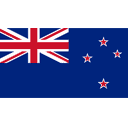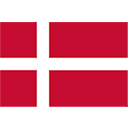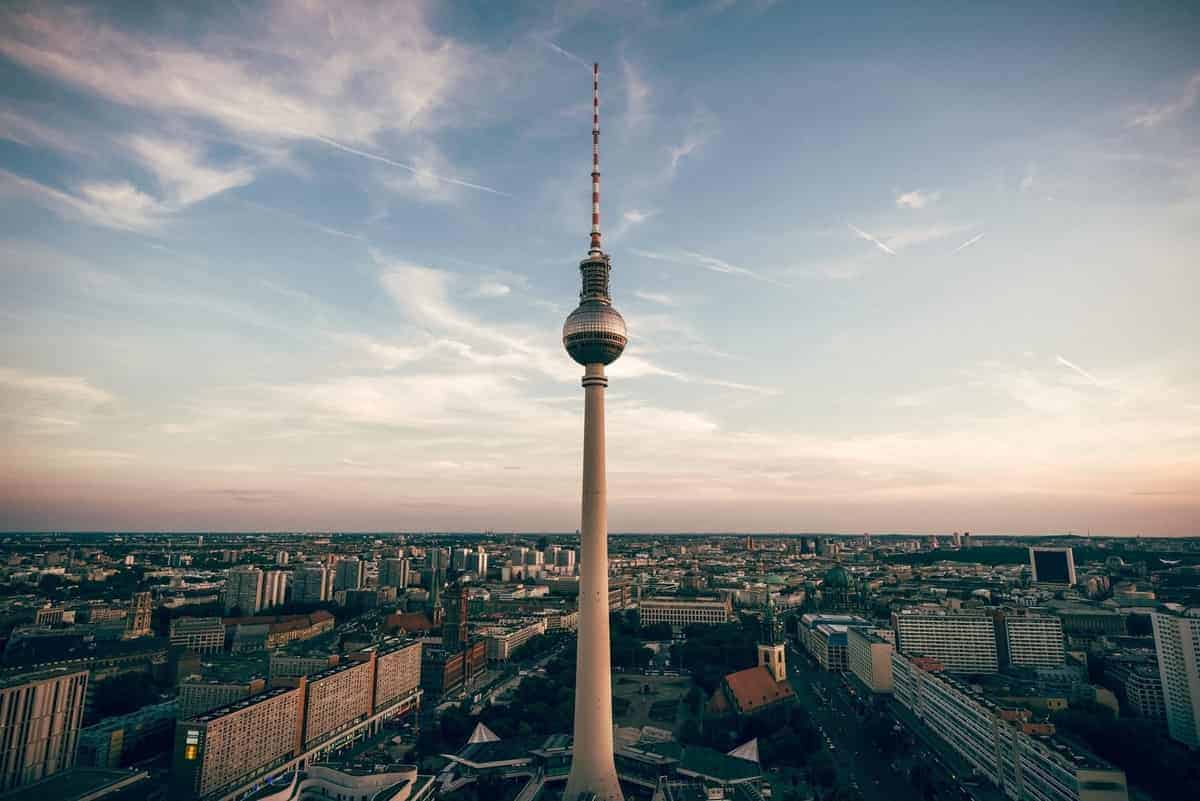How China’s trillion-dollar plan will dominate and change global trade
The Belt and Road Initiative (BRI) is said to be the largest global infrastructure and investment project in modern economic history. Recreating the ancient Silk Road, a network of trade routes that used to connect the East and West, has become a top priority for the Chinese government since President Xi Jinping first announced the creation of the initiative in 2013. Known today as the One Belt One Road Initiative or Belt and Road Initiative (BRI), this gigantic project is underway to reshape global trade routes covering more than 65 countries, half of the world’s population, and one-third of global GDP. This is how the People’s Republic of China plans to become the world’s next superpower.
What is the BRI(Belt and Road Initiative)
The BRI essentially is made of two parts. The first, the economic belt, is made up of six separate areas that direct trade to and from China. These corridors include roads, railways, bridges, power plants — anything that makes it easier for Europe, Asia, and Africa to trade goods with China. The maritime silk road is the second part of the BRI and consists of connecting a chain of seaports along the South China Sea and the Indian Ocean. The aim of the maritime silk road is to revolutionize deep-sea trade from China and Southeast Asia through Africa to Europe, and to put the participating countries on the track of economic development with the help of the infrastructural developments along the coastline.
According to a study by Morgan Stanley, China’s Belt and Road Initiative is expected to cost more than $1tn.
Goals of the Belt and Road Initiative
The BRI has to be seen as more than just a gigantic infrastructure project across continents.
Mainly, the BRI is a journey, not a series of set-and-forget infrastructure projects alongside devloping nations; and also, it is much more than an outbound investment program. The ambition of the BRI is to improve connectivity between Asia, Europe and Africa, and in that way to increase trade, development and prosperity― a new Silk Road for the 21st century and beyond. Following are the BRI’s main goals:
- Coordination of policy between a dozen of nations: China has signed cooperation agreements with more than 40 countries and organizations along the ancient Silk Road.
- Facilitate global connectivity to foster trade: The New Eurasian Continental Bridge, the China-Mongolia-Russia Economic Corridor and CPEC are just three examples of this plan.
- Long-lasting boom for economies expected: With China’s investment in countries surpassing $50 billion in 2017, its companies have established more than 50 economic cooperation zones in more than 20 countries, generating 200,000 jobs and over $1 billion in tax revenues.
- Financial connectivity: New or enhanced mechanisms include the Asian Infrastructure Investment Bank (AIIB), the Silk Road Fund, the New Development Bank―also known as the BRICS bank. These institutions have billions to invest in BRI projects, and will play a more prominent role in the coming years.
- People-to-people bonds: This has seen increased cooperation in the spheres of science, education and health, with Beijing providing 10,000 scholarships annually. China knows BRI’s success depends in large part on support in its host countries.
Conclusion
China’s One Belt One Road initiative will bring much-needed infrastructure, communication, and transportation to countries along the New Silk Road through Central Asia, to Europa, and Africa. Keeping in mind that the road both begins and ends in China, it will make the People’s Republic both richer and more powerful than ever before. Chinese companies will benefit largely from construction projects along the New Silk Road.
One Belt One Road may represent the dawn of a new financial age, dominated by China.
How useful was this post?
Click on a star to rate it!
Average rating 5 / 5. Vote count: 2
No votes so far! Be the first to rate this post.





































